The 5 steps of the nursing process.
What are assessment, diagnosis, planning, implementation, and evaluation?

Identifies nationwide health improvement priorities to attain high-quality, longer lives free of preventable disease, disability, injury, or premature death.
What is Healthy People 2030?

A patient is angry, and refusing to take their medications. HR is 107 and BP is 178/94. The nurse uses therapeutic communication by:
A) Asking personal questions - "Why won't you take your medication?"
B) Sympathy - "I'm so sorry about you having to take all this medication, but I have more than that to take, and I do it every day."
C) Asking relevant questions - "Tell me about how taking your medication makes you feel."
What is C (Asking relevant questions)?
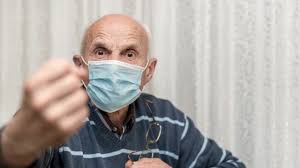
Techniques used to perform a physical examination.
What are inspection, auscultation, palpation, and percussion?
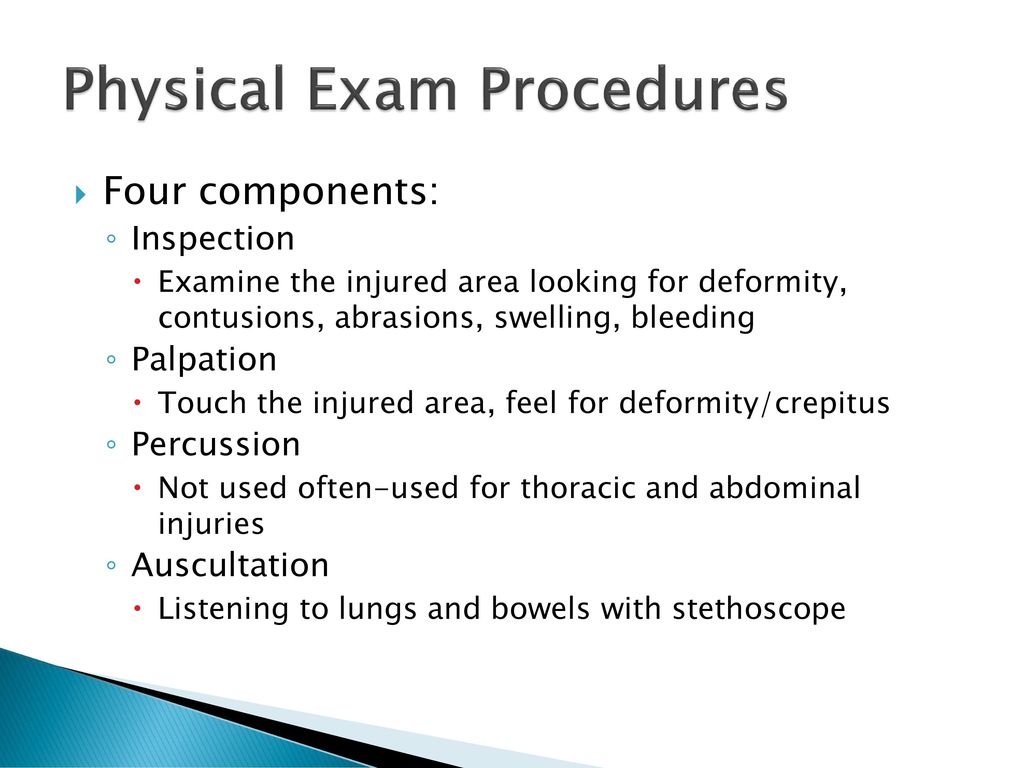
The most cost effective clinical preventive services.
What are immunizations?

Your patient has new onset DM and will require the use of insulin after discharge. Describe the best time and the best way to educate the patient, using therapeutic communication techniques.
1) What is addressing physical care priorities before beginning a lengthy interaction with the patient, so that instruction is not interrupted.
2) What is using multiple methods of instruction, including the use of written materials, demonstration, and individual or small group work?
3) What is the use of return demonstration to evaluate progress?

This step in the nursing process includes patient's history, physical examination, and laboratory test results.
What is assessment?
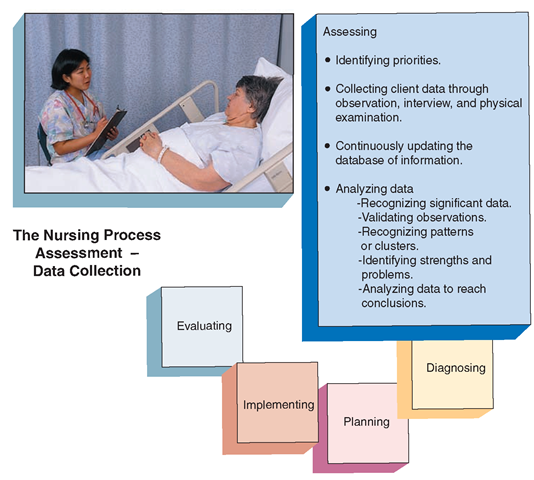
Vaccine-preventable diseases that are the leading causes of illness and death in the United States.
What are viral hepatitis, influenza, and tuberculosis?
Your patient has a history of violence/aggression. The patient is becoming agitated. Which of the following therapeutic communication techniques should the nurse NOT use.
A) Sharing empathy
B) Using Touch
C) Providing Information
D) Active Listening
What is B (Using touch)?

List commonly used as the internationally recognized set of nursing diagnoses.
What is the NANDA-I? (North American Nursing Diagnosis Association International)
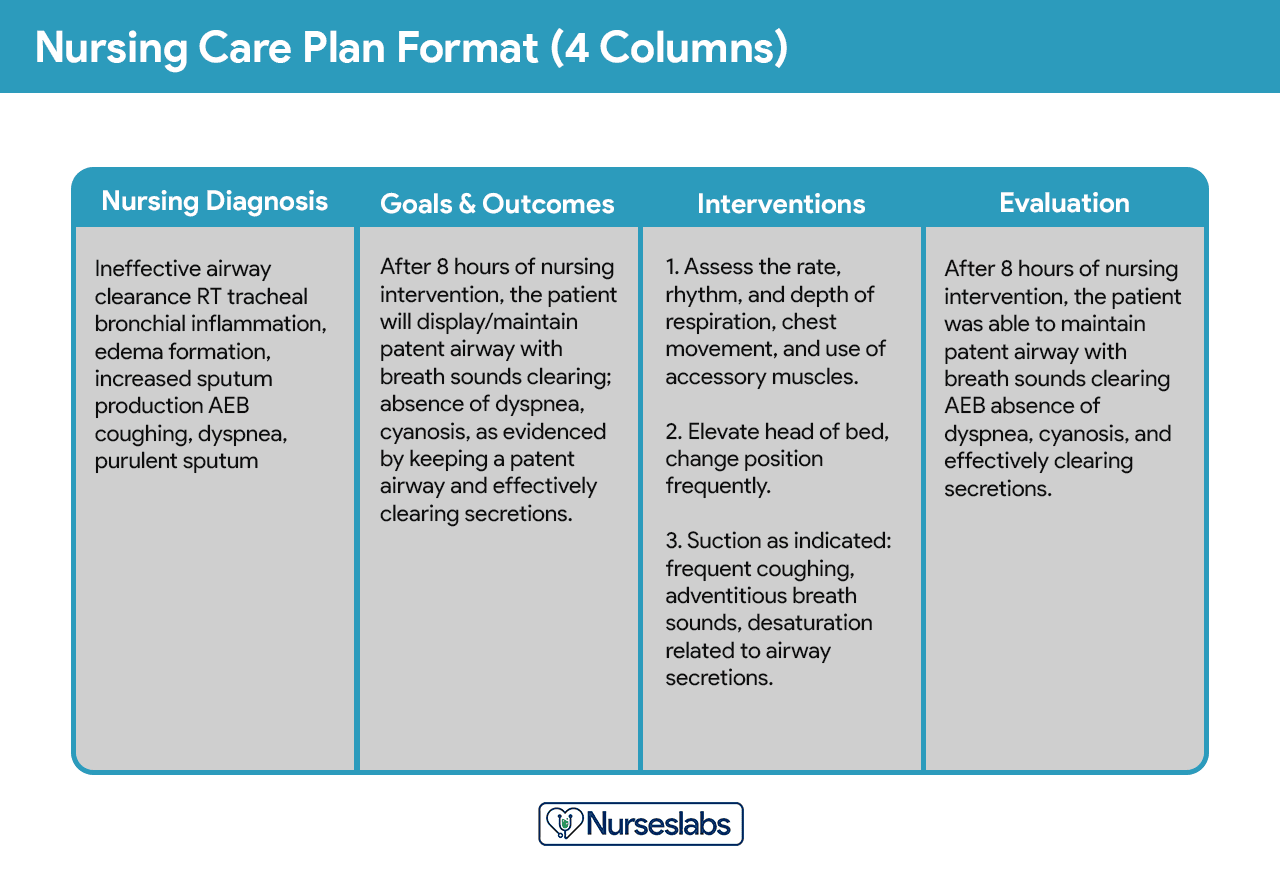
Breast cancer screening guidelines, according to the American Cancer Society.
What are mammograms: annually ages 50-54; 1-2 years 55-74? After age 75, women should continue screening with mammography as long as their overall health is good and they have a life expectancy of 10 years or more.
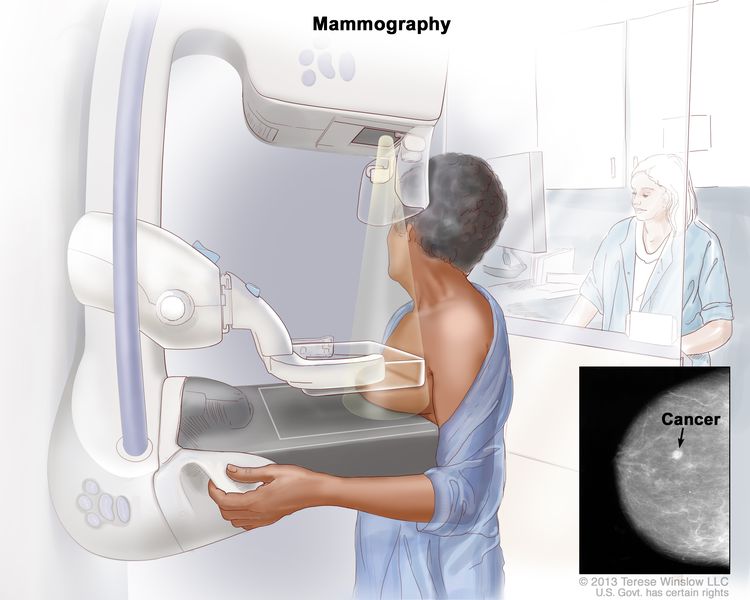
The therapeutic communication technique that assesses accurate understanding of a statement. For example, "I'm not sure I understand what you mean by 'having a bad day'. What is different now?"
What is clarifying?

Essential step necessary to establish the success of the nursing process, incorporating the assurance of quality, and the appropriateness and effectiveness of nursing care so that a patient's needs can be met.
What is evaluation?

Key points for teaching the older adult.
What is relating new learning to what the patient already knows; environmental factors that can affect the learning process; and consider the ability to learn? (health literacy, language barriers, decreased vision, hearing, impaired cognition, dementia)

A type of nursing report that provides a standardized structure for concise, factual communication.
What is the SBAR?

